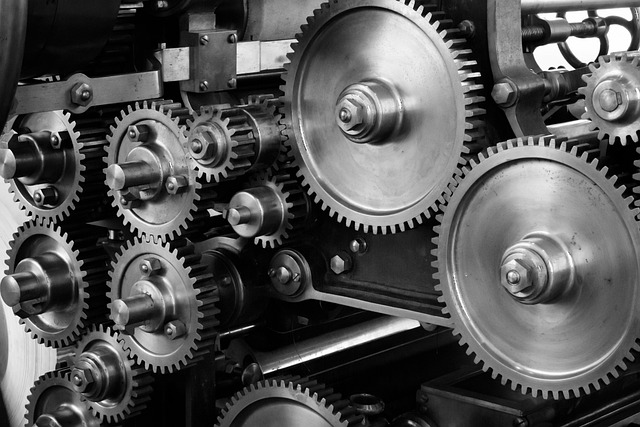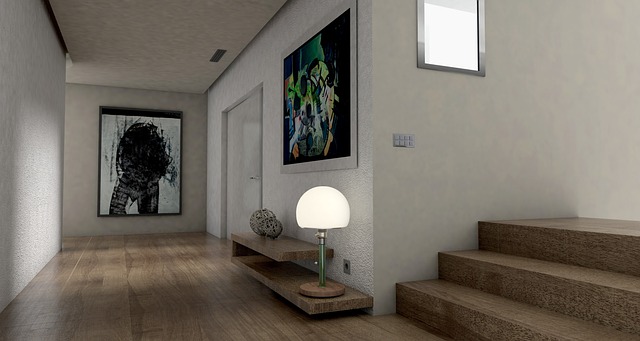The realm of engineering simulation is rapidly evolving, propelled by innovations in technology that are reshaping how engineers and designers approach challenges. As we stand on the threshold of a new era, the integration of virtual reality (VR), augmented reality (AR), and the burgeoning concept of the metaverse provides an unparalleled platform for creativity and precision in engineering.
Virtual reality creates fully immersive environments where engineers can interact with their designs in three-dimensional space. Visualizing projects in VR allows for an unprecedented level of detail and understanding, transforming abstract ideas into tangible experiences. Imagine donning a VR headset and stepping inside an architectural masterpiece, manipulating components in real time to assess functionality and aesthetics. Such simulations not only enhance conceptualization but also streamline the testing phases, revealing potential issues that may not surface in traditional modeling practices.
The integration of augmented reality into engineering simulation further enriches this experience. AR overlays digital information onto the physical world, allowing engineers to visualize design elements within their actual environment. This technology proves invaluable in fields such as construction, where visualizing how new systems integrate with existing structures is crucial. By using AR, teams can see how components fit together before making costly decisions, ultimately saving time and resources while enhancing collaborative efforts.
As we integrate these technologies, discussions increasingly shift towards the metaverse—a collective virtual space that merges our physical and digital realities. The metaverse holds the potential to revolutionize engineering simulation by creating shared environments where teams from across the globe can collaborate in real time. Imagine engineers from different continents coming together in a virtual setting, manipulating simulations, brainstorming, and troubleshooting as if they were in the same room. The metaverse can bridge gaps caused by geographical barriers, fostering innovation through collective problem-solving.
Embracing benefits inherent in these technologies, engineers can push boundaries previously thought insurmountable. Enhanced visualizations, predictive analytics, and real-time collaboration lead to smarter designs and efficient processes. As organizations adopt these cutting-edge solutions, embracing the evolution of engineering simulation becomes essential, offering a glimpse into a future filled with enhanced creativity, collaboration, and efficiency.
The ongoing development of virtual and augmented realities, alongside the potential of the metaverse, not only captures the imagination but also promises practical improvements in the field of engineering. By harnessing these transformative tools, engineers can step confidently into the future, ensuring that the next generation of simulation is not just a continuation of the past, but a leap into a creative, connected, and robustly innovative future.



